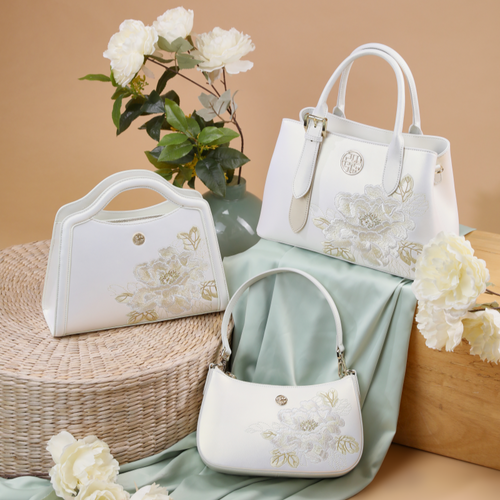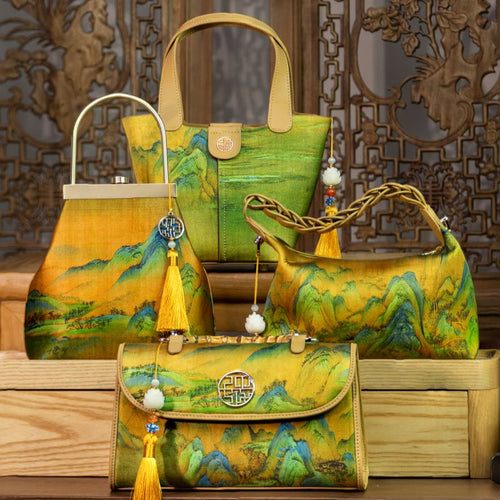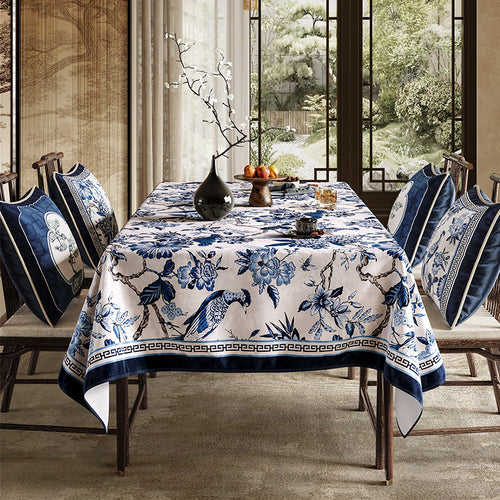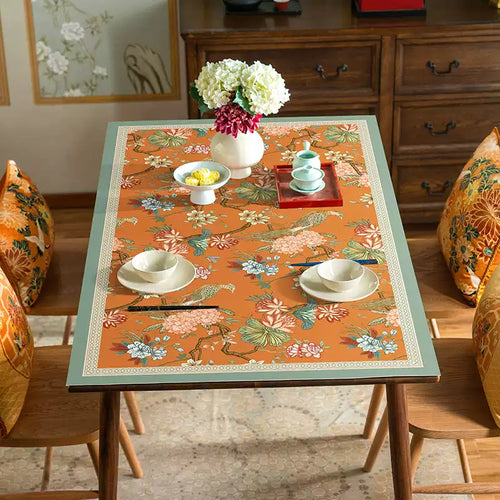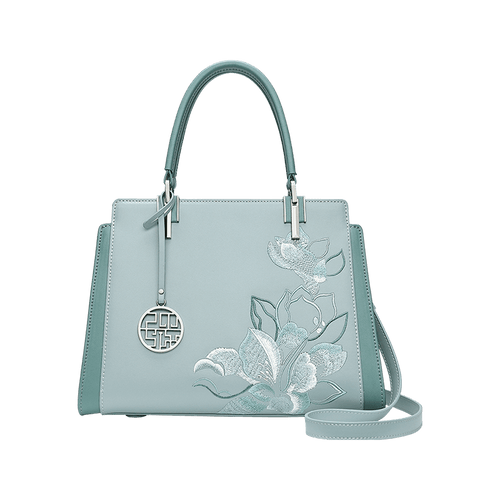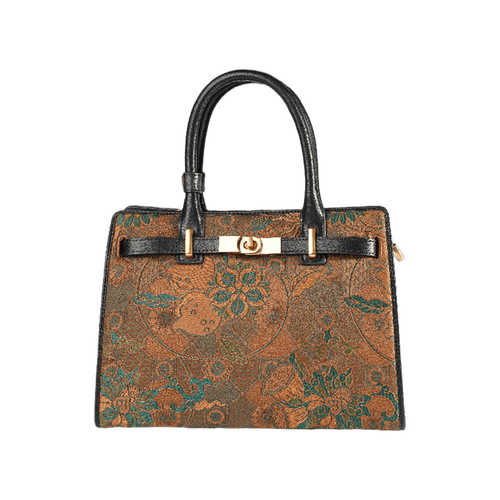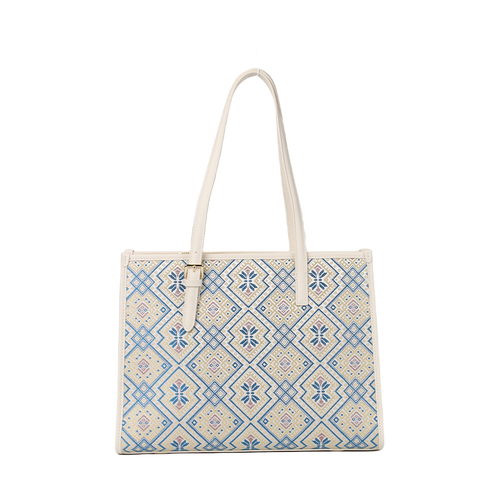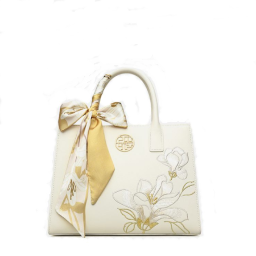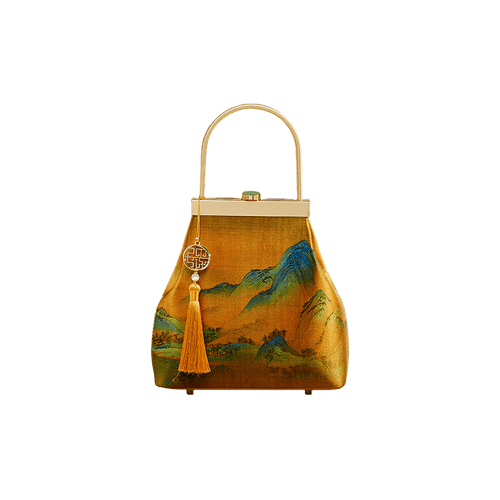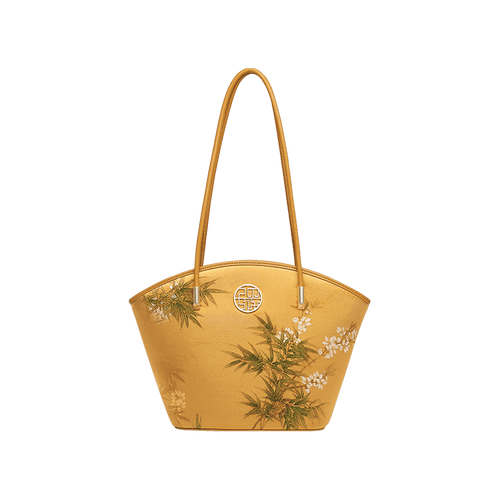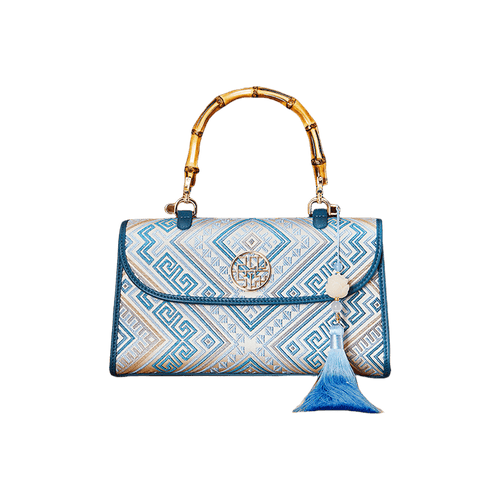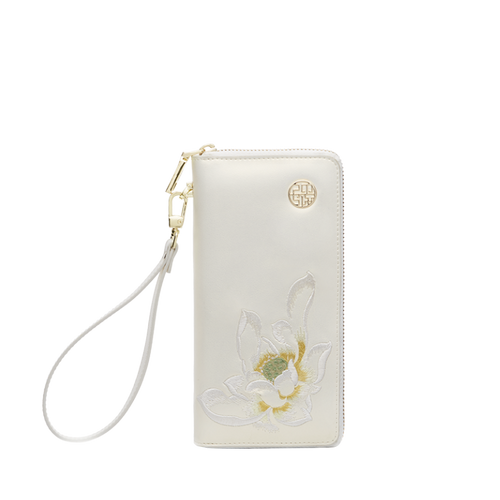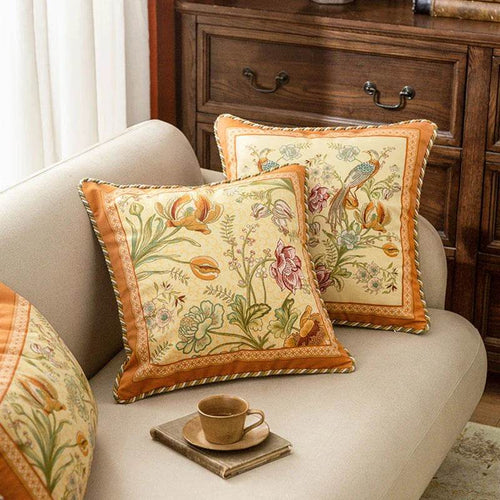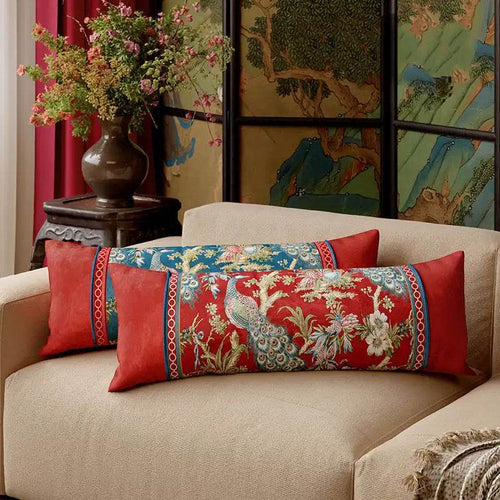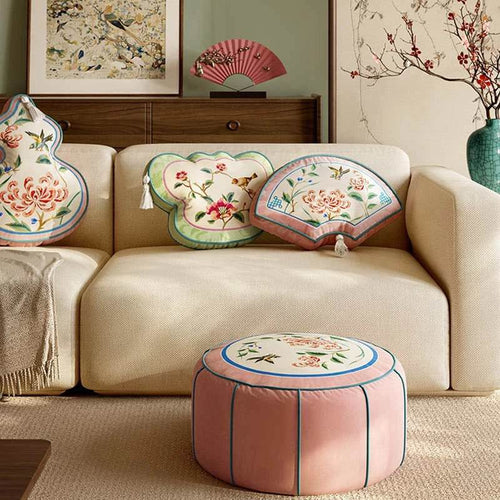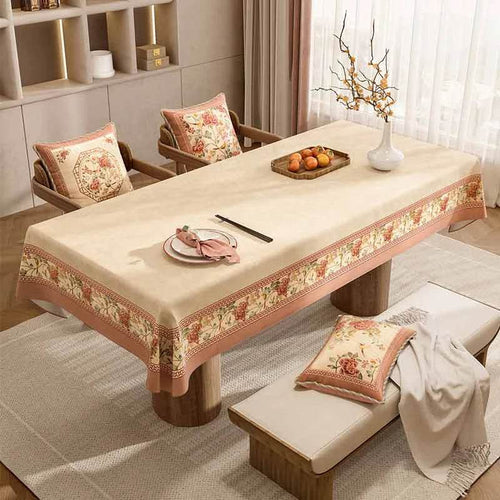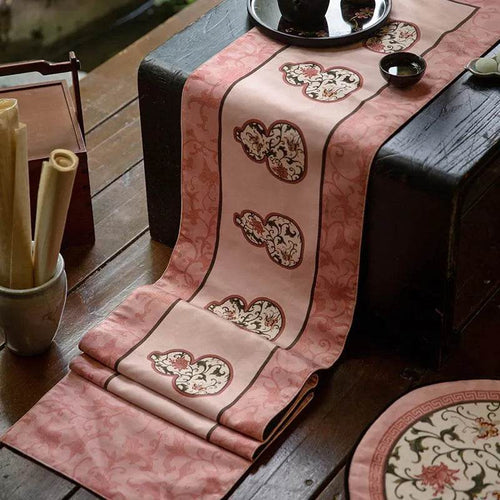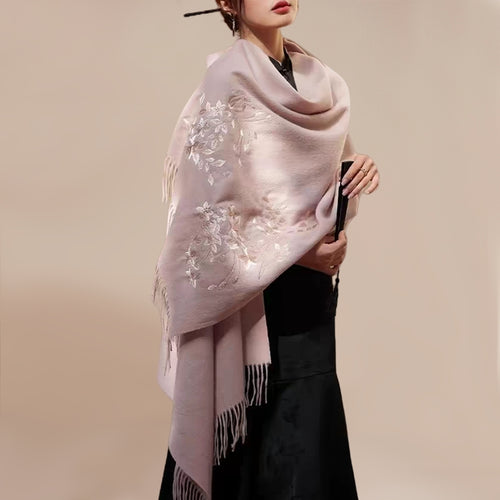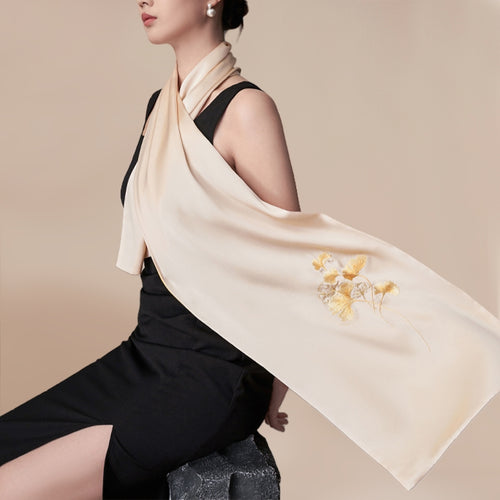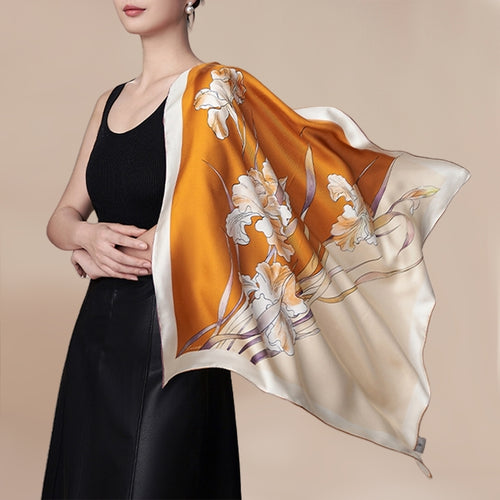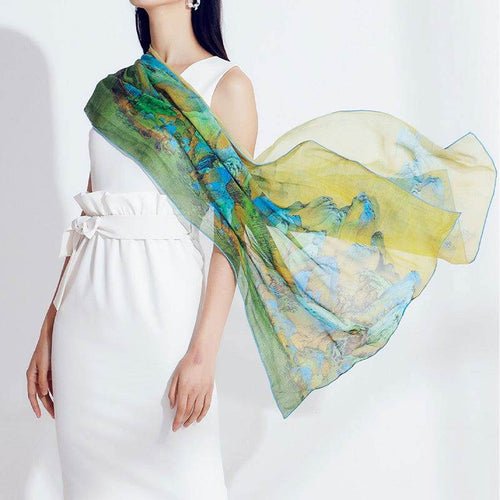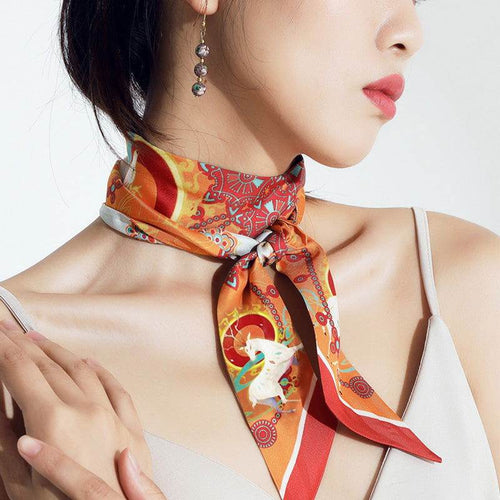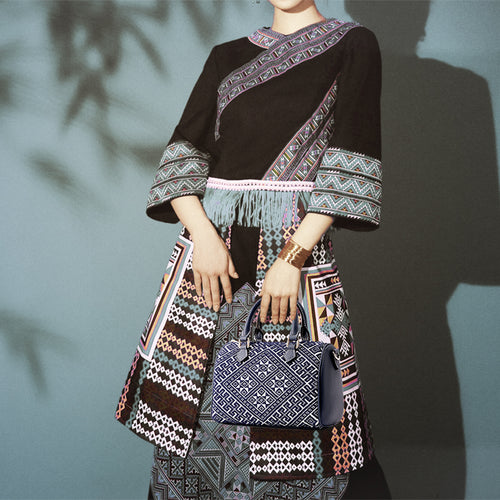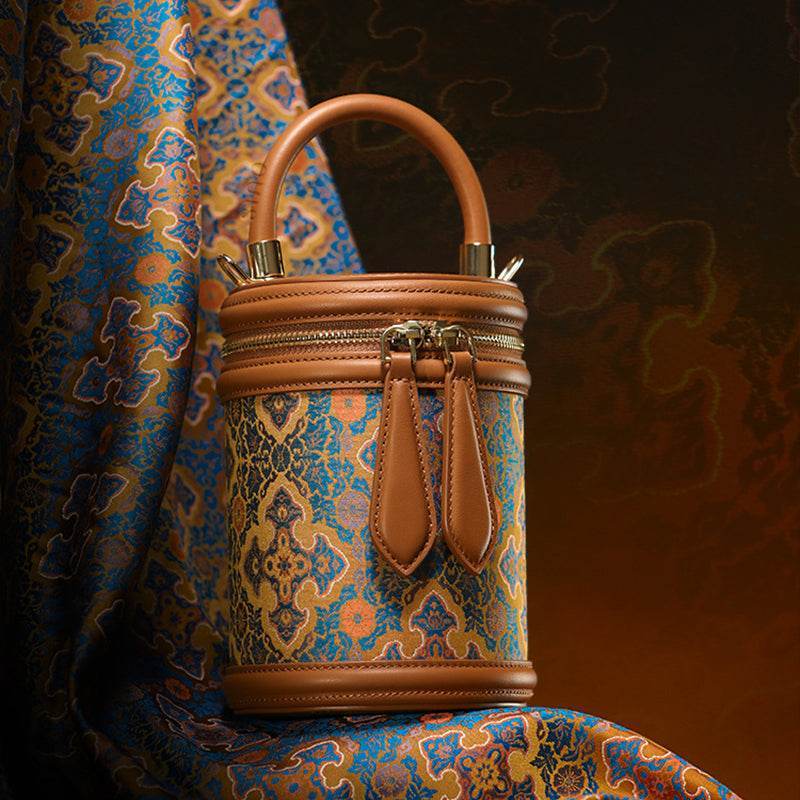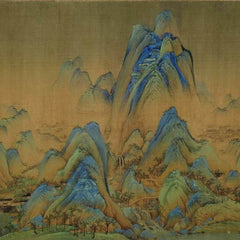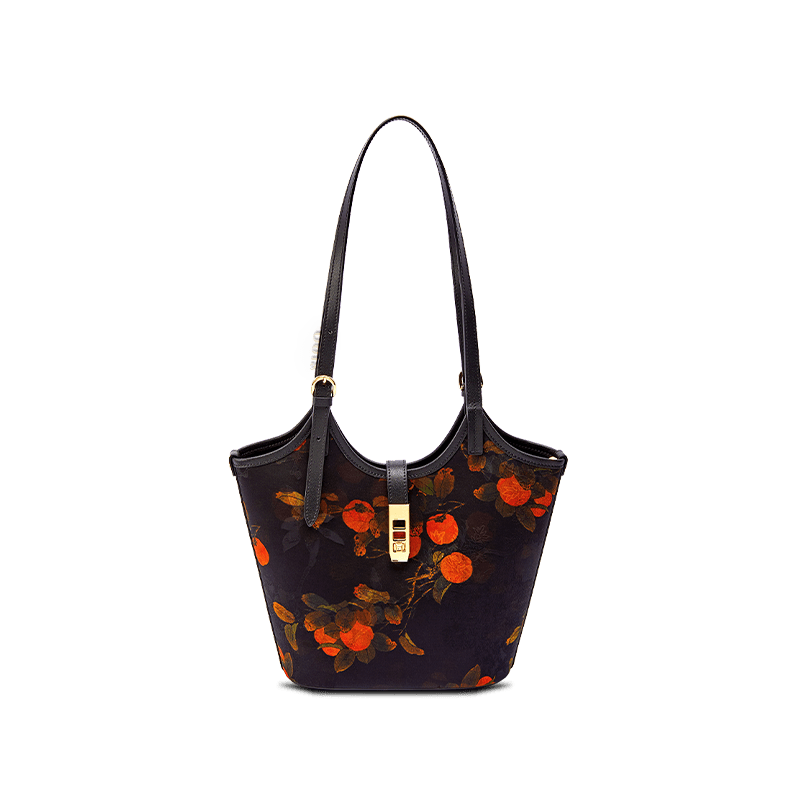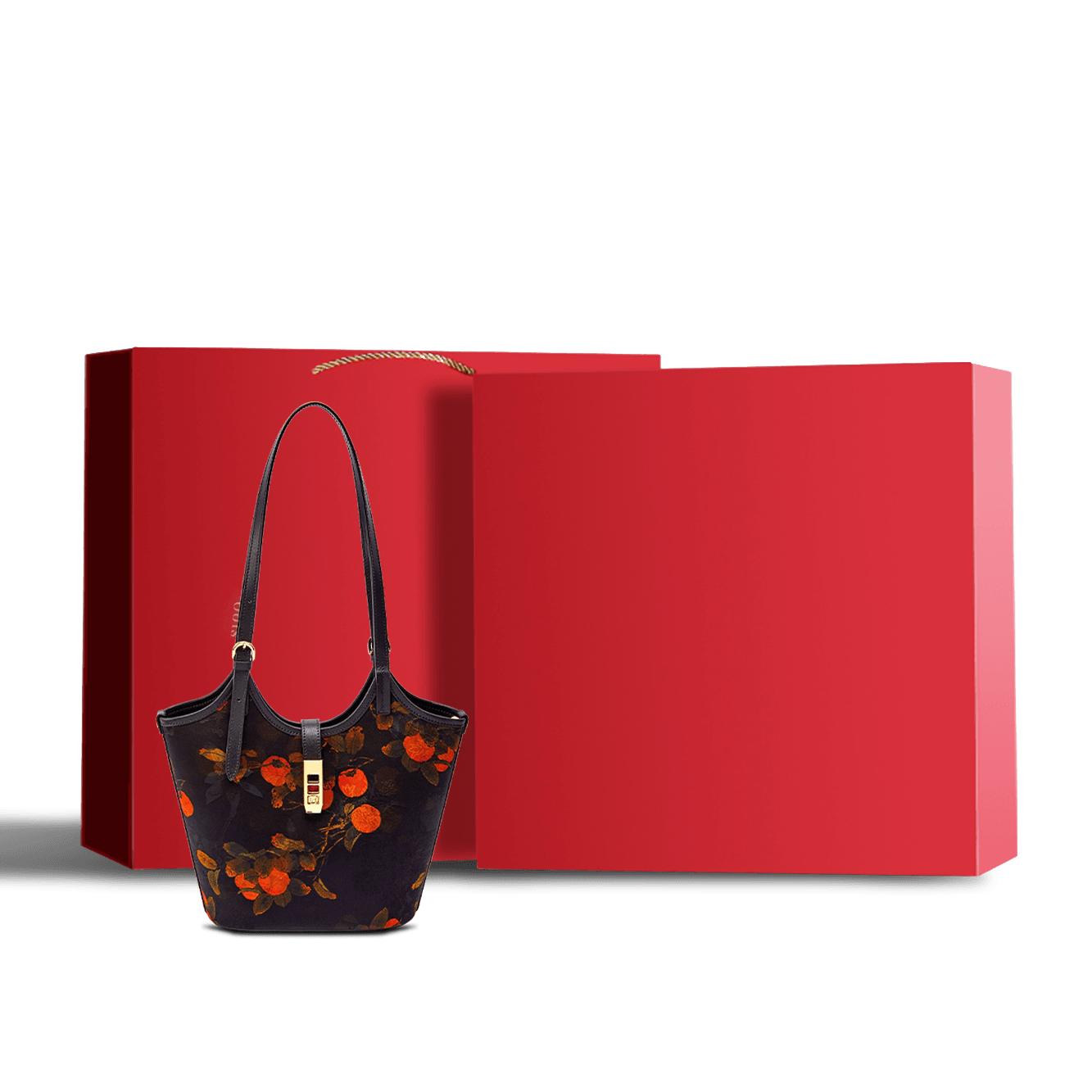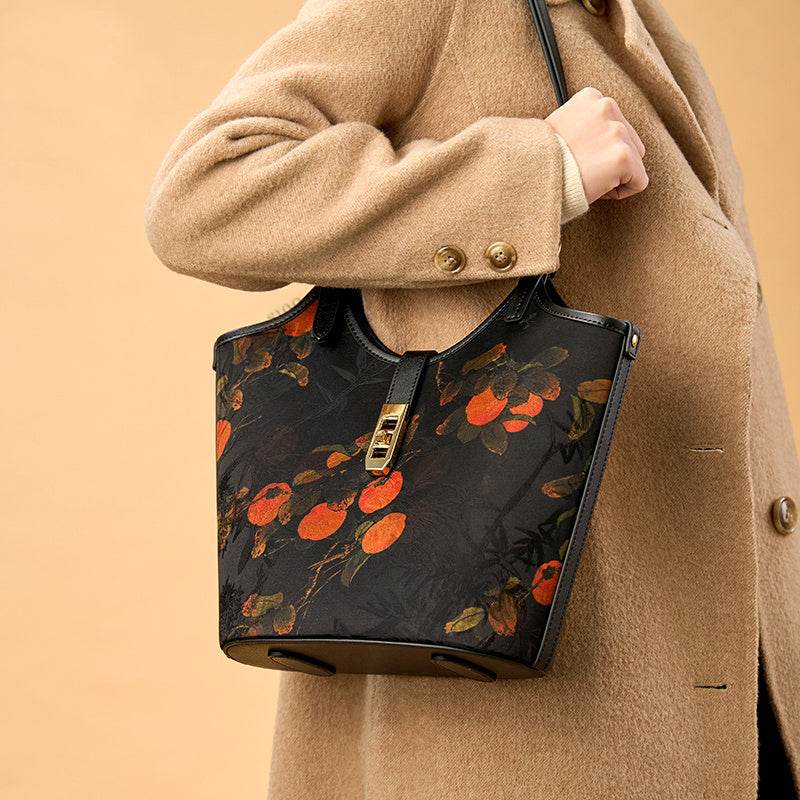As a cultural researcher deeply immersed in Chinese traditions, I've always been fascinated by how ancient symbols continue to influence contemporary design and craftsmanship. Today, I'd like to share my findings on "Shishi Ruyi" (柿柿如意), a profound cultural concept that brilliantly exemplifies the sophisticated interplay between linguistic meaning and visual symbolism in Chinese culture.
Historical Context and Symbolism
The persimmon (柿子) has been an integral part of Chinese culture for over three millennia. Archaeological discoveries from the Warring States period (475-221 BCE) have unearthed persimmon pits at various excavation sites, providing tangible evidence of its historical significance. What makes this fruit particularly fascinating is its deep integration into Chinese cultural symbolism through linguistic associations.
The Chinese character for persimmon, "柿" (shì), shares identical pronunciation with "事" (shì), meaning "matters" or "affairs." This homophonic connection gave birth to the phrase "柿柿如意" (Shishi Ruyi), which elegantly expresses the wish for all matters to proceed according to one's desires. The concept of "如意" (ruyi) itself carries profound cultural weight, traditionally representing the fulfillment of wishes and aspirations.

Artistic Heritage and Contemporary Expression
Throughout Chinese art history, the persimmon has been a beloved subject matter. The renowned artist Qi Baishi, who dubbed himself the "Master of the Persimmon Garden," dedicated significant portions of his artistic career to capturing the essence of this fruit. His persimmon paintings often incorporated auspicious phrases about peace and prosperity, demonstrating the seamless integration of visual art and cultural symbolism.
In contemporary applications, I've observed a fascinating evolution in how traditional artisans and modern designers interpret this cultural symbol. A notable example is SINOCULTURAL's innovative incorporation of the "Shishi Ruyi" concept into their heritage craft handbags. Their use of xiangyunsha silk, a traditional fabric technique recognized as intangible cultural heritage, creates a compelling bridge between ancient symbolism and modern functionality.
The Symbolism in Material Culture
The persimmon's cultural significance extends beyond its linguistic associations:
The fruit's round, full shape symbolizes completeness and satisfaction in Chinese culture. Its vibrant orange-red coloring represents prosperity and joy, while the distinctive four-sided calyx pattern naturally mirrors the traditional ruyi cloud motif, a design element that has persisted since the Warring States period.
Contemporary Cultural Relevance
What I find particularly intriguing is how this ancient symbol maintains its relevance in modern Chinese society. The concept has evolved to represent:
The preservation of traditional craftsmanship in contemporary design, as exemplified by artisans who incorporate these motifs into modern accessories A symbol of cultural continuity and adaptation, showing how ancient wisdom can be meaningfully interpreted for contemporary life A bridge between generations, helping younger Chinese people connect with their cultural heritage through practical, everyday objects
Preservation Through Innovation
In my research, I've found that the most successful preservation of cultural symbols occurs when traditional elements are thoughtfully integrated into contemporary life. SINOCULTURAL's approach to incorporating the "Shishi Ruyi" concept into their handbag designs serves as an excellent case study in this regard. By utilizing xiangyunsha silk, they not only preserve a traditional craft technique but also give it new life in a modern context.
The artisans' choice of this particular material is significant - xiangyunsha silk itself carries historical importance as an intangible cultural heritage element. Its integration with the "Shishi Ruyi" theme creates multiple layers of cultural meaning, making each piece not just a fashion accessory but a carrier of Chinese cultural heritage.

A Gift of RUYI Collection: Everything Goes Well
Every handbag in RUYI Collection carries a story that spans centuries of Chinese artistry. At the heart of our collection is Xiangyunsha silk, a rare material handcrafted by master artisans using techniques passed down through generations. This living piece of heritage transforms each bag into a canvas of cultural significance.
Our signature persimmon print isn't just a design choice – it's a powerful symbol of prosperity that has brought smiles to faces for thousands of years in Chinese culture. When paired with resilient bamboo motifs, it creates a visual narrative of growth and good fortune. We've reimagined these timeless symbols for the modern woman who appreciates both heritage and contemporary style.
What makes RUYI Collection truly special is the blessing woven into every stitch. Each bag is more than an accessory; it's a daily reminder of the ancient Chinese wisdom that beauty and good fortune go hand in hand. The traditional craftsmanship of Xiangyunsha silk, recognized as an Intangible Cultural Heritage, brings these auspicious wishes into the present day.
In a world of mass production, RUYI Collection stands apart as a celebration of slow fashion and meaningful design. Each piece tells the story of cultural preservation, artistic innovation, and the timeless human desire for both beauty and good fortune.
Carry a piece of history. Carry your future. Carry the best wishes.
Conclusion
The endurance of "Shishi Ruyi" as a cultural symbol demonstrates the sophisticated ways in which Chinese culture preserves and adapts its traditional elements. Through thoughtful modern interpretations, such as those seen in contemporary craft and design, these ancient symbols continue to resonate with new generations while maintaining their cultural authenticity.
As we move forward in an increasingly globalized world, such cultural symbols serve as important bridges, helping us understand and appreciate the depth and sophistication of Chinese cultural heritage. They remind us that traditional wisdom can be meaningfully interpreted and applied in contemporary contexts, enriching our modern lives with ancient insights.
